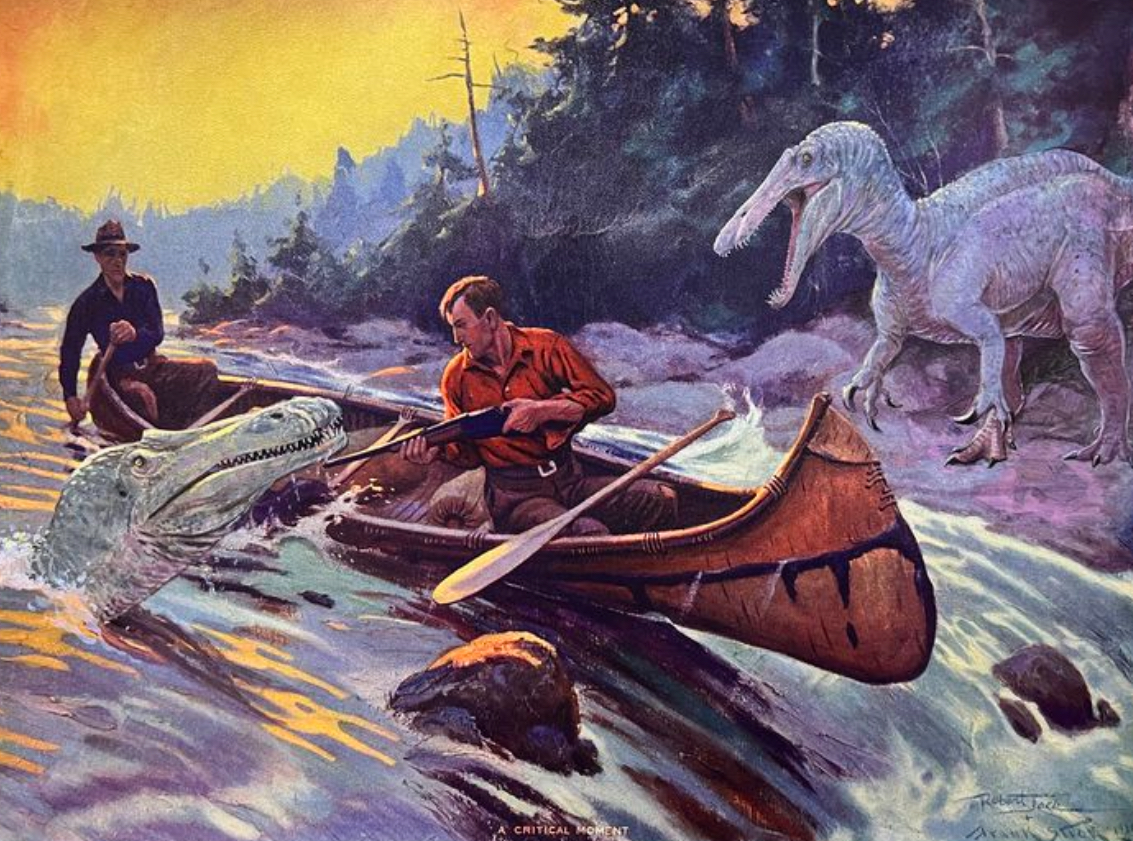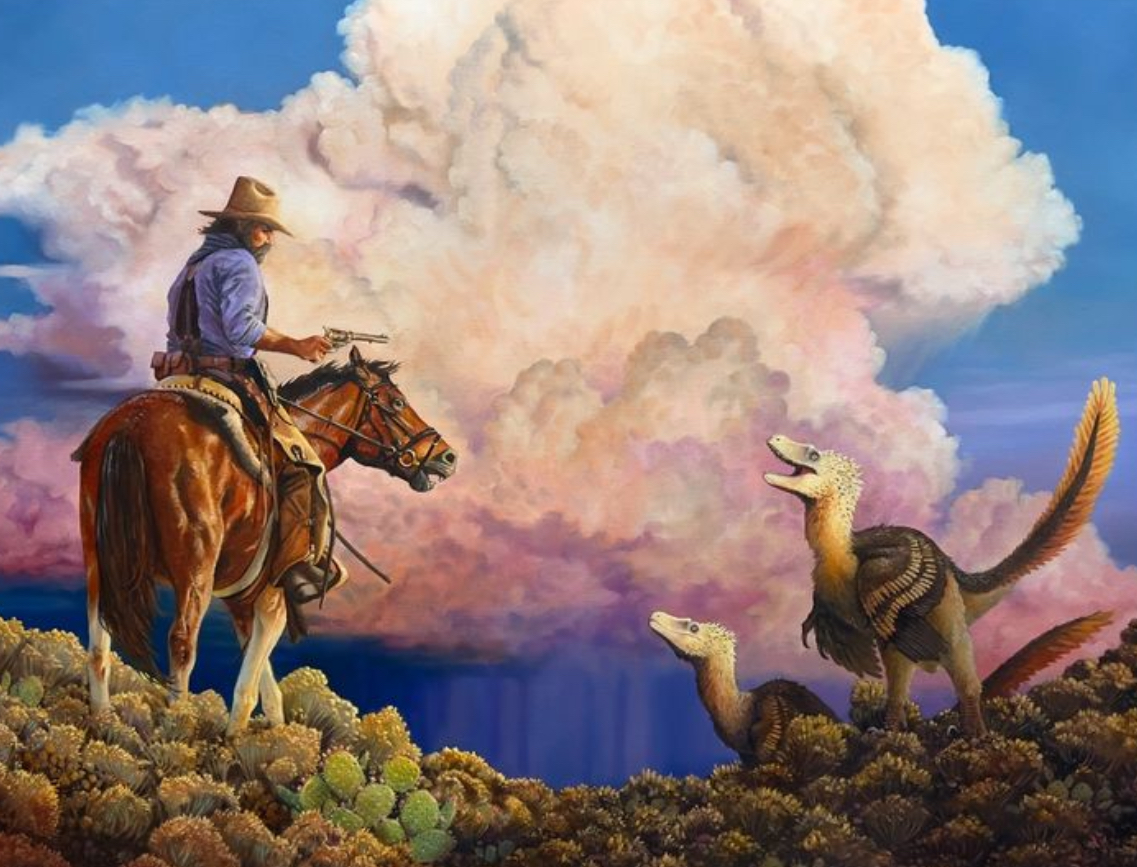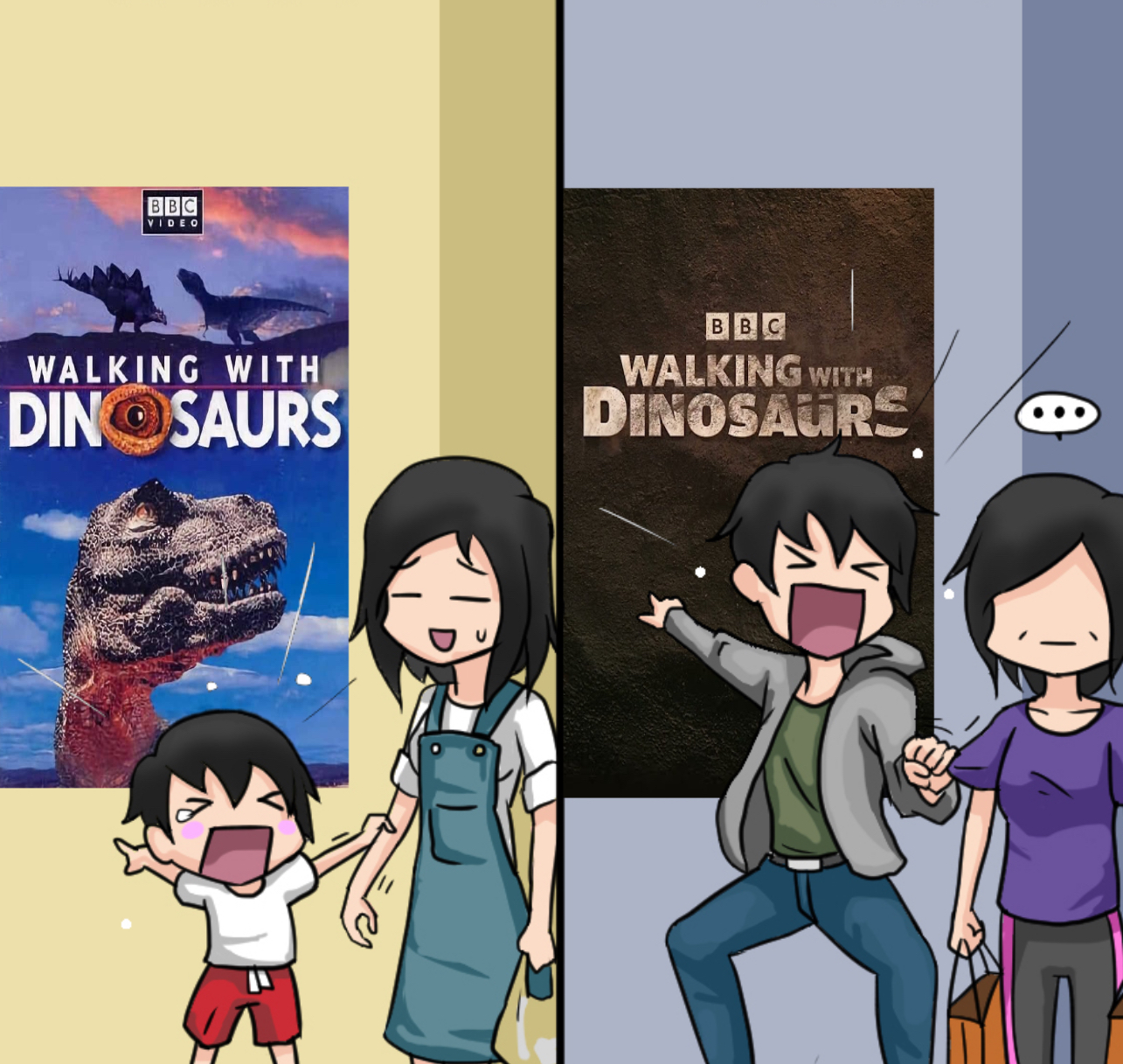Paleontology - Images
Paleontology then and now


Paleontology
Fear the ball


Paleontology
Dinosauroids


Paleontology
Deinonychus


Paleontology
Evolutionary race


Paleontology
Spirits of the ice forest size chart


Paleontology
Big Al


Paleontology
Deinonychus gentleman


Paleontology
The end of the dinosaurs


Paleontology
In suchomimus territory


Paleontology
Fair warning


Paleontology
Spinosaurus


Paleontology
The confrontation


Paleontology
Is that so?


Paleontology
Mr conductor


Paleontology
Walking with dinosaurs returns


Paleontology
